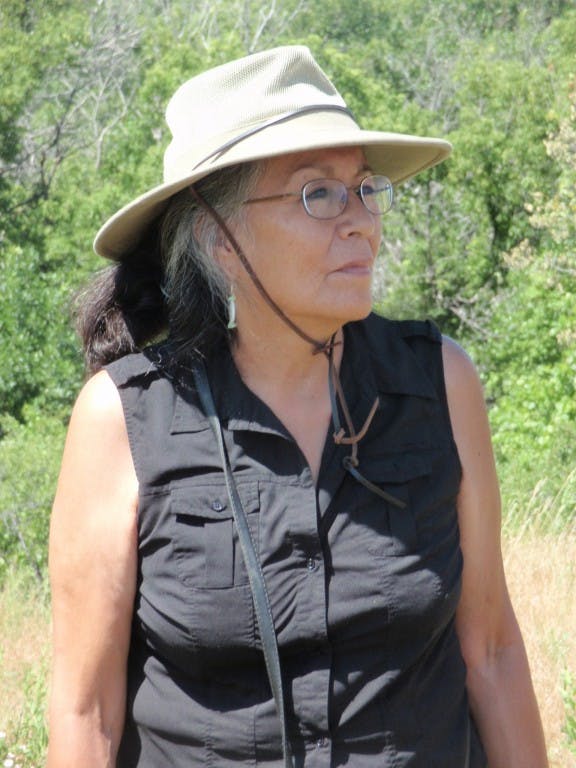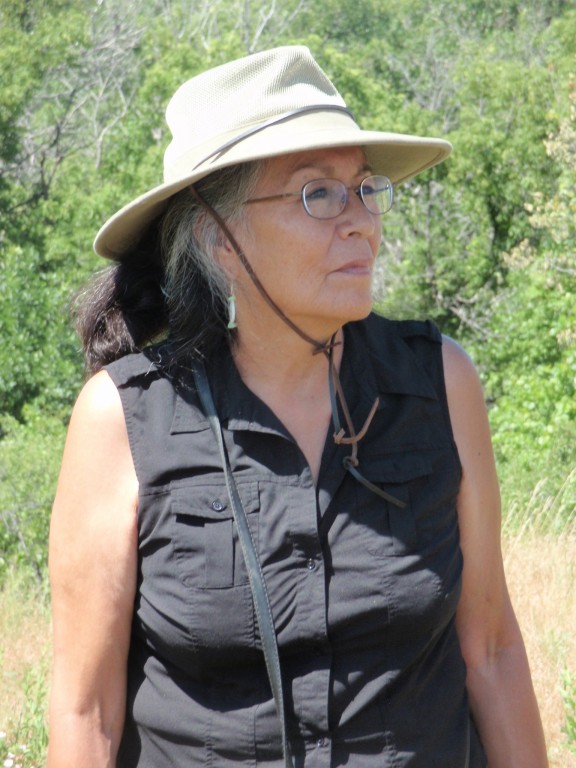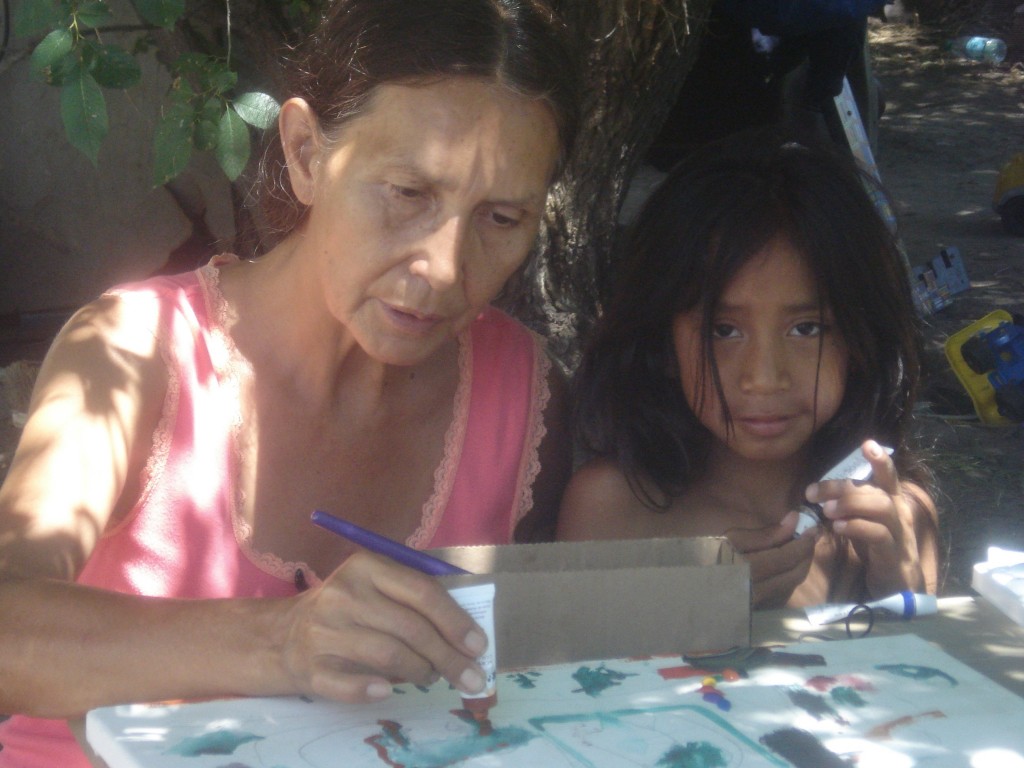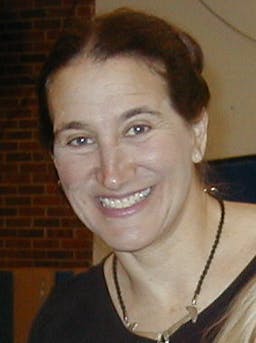Rio+20 Story: Wicosani Community Project
Jan 21, 2015
First story



The Wicosani Community Project: Peacebuilding Among the Lakota Sioux in North America
by Elissa J. Tivona
revised, 2012
Among Lakota Sioux, wicosani means walking in balance with the four aspects of self: physical, mental, emotional and spiritual. Christinia Eala, a bright-eyed Lakota grandmother from Colorado, uses this traditional principle to address the root causes of poverty and despair among her people, through the Wicosani Community Project.
Like many indigenous peoples, the Lakota continue to suffer prolonged after-effects from two centuries of European colonialism and global expansion. After the formation of the United States, government and military leaders carried out aggressive, deceitful and often genocidal practices to defeat the resistance of first peoples in North America.
The Lakota became known for proud and fierce resistance in defense of their territory, winning rare concessions from the US government in the 1868 Fort Laramie Treaty. But with discovery of gold in the Black Hills, this peace was fleeting.
Today, thanks to visionaries like Christinia, tactics of this struggle have changed. While tribal elders and community leaders still recount stories of heroic warriors like Sitting Bull, Red Cloud and Crazy Horse, peacebuilders among the people are also making important strides.
Eala’s project, under the banner of NGO Tiyospaye Winyan Maka (translated extended family of women of the earth), is one of the most promising peacebuilding efforts. The organization’s mission is “to promote housing, energy, nutritional and educational sovereignty for Lakota women and their families, recognizing the key role women play in fostering community.”
Although Christinia grew up and currently resides in Colorado, she spent many years of her youth among her mother's people on the Rosebud Reservation in South Dakota. She proudly embraces her heritage and serves as TWM’s executive director.
During the 80s and 90s, Eala worked with mentor Muriel Ashmore, founder of Tiyospaye Crisis Center. Ashmore’s efforts to provide emergency funds, food, clothing, and furnishings made Christinia acutely aware of limitations to crisis intervention. She began developing a keen eye for alternatives to address systemic problems among her people, including: substandard housing, poor nutrition, chronic unemployment, pervasive substance abuse, limited life expectancy, domestic violence and other symptoms of people suffering a legacy of genocide.
After Ms. Ashmore passed, Eala merged Tiyospaye with her non-profit Winyan Maka, and a new era for the agencies began. Today, the Wicosani Community Project reflects TWM’s understanding that effective strategies for regenerating viable indigenous communities must account for the social and economic wellbeing of the people, along with care for the natural environment. Holistic approaches are critical to restore wicosani, balance within all four aspects of self and the community.
The Wicosani project consists of four interconnected initiatives on the Pine Ridge Reservation, in collaboration with local and national non-profit organizations. Each initiative strengthens some aspect of balance.
The first phase is assisting women and families to reclaim family land. Ms Eala notes, “The soul of this project is to create hope and self-assurance for women raising children alone, many of whom have left abusive relationships. They want to move back to their land so they can improve the quality of life for their children and grandchildren. TWM offers them a hand and the tools to rebuild their lives.”
Once tenancy is re-established, prospective homeowners adapt low-cost and sustainable home designs to fit their family’s needs. One excellent example of environment-friendly architecture currently being used on Pine Ridge is the ecodome, designed by Iranian architect and humanist Nader Kahili. Constructing an ecodome starts in the same way as the Lakota Inipi Lodge, making this a sacred design.
Another goal is development of cottage industries on the reservation; consequently, vocational training is integrated into home construction. Training addresses the critical need for right livelihoods among indigenous people. Developing competency in applied technologies holds promise. In time, the Wicosani agenda includes classes in complementary technologies like alternative energy generation, permaculture gardening, rainwater catchment and purification systems.
The fourth element is helping families and communities re-establish cultural continuity across generations. This begins with offering wopila (gratitude) for abundance. Additionally, project teams enjoy regularly scheduled sessions with cultural interpreters. Volunteers, locals and staff participate in storytelling, talking circles and other activities to promote indigenous values and interaction among elders and youth, natives and others.
Each project aspect helps people on the Pine Ridge reservation re-cultivate traditional values of environmental stewardship and ecological balance. The project promotes applied strategies to rehabilitate families and communities and paths to carry best practices into the dominant culture. In this way, Lakota are writing the next chapter of their history and transcending victimhood. Their vision demonstrates the enduring wisdom and resilience of indigenous peoples, and foretells of a new generation with strength and capacity to care for their own communities and extend needed leadership to a dominant culture in crisis. Young leadership is central to a proud and prosperous recovery for indigenous people and to a more hopeful future for the planet.
First Story




